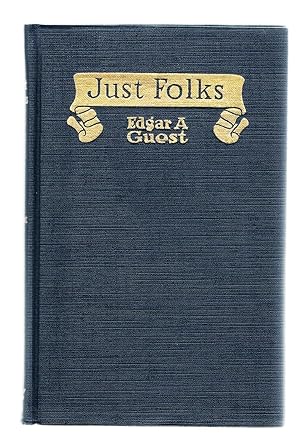The Old, Old Story
by“The Old, Old Story” begins with the quiet frustration of chasing something just out of reach. The speaker recalls setting out with hope, only to hear the same phrase again and again—“You should have been here yesterday.” It becomes a refrain that shadows more than fishing trips; it echoes a wider truth about missed timing. Success always seems just one day behind, and that memory of better chances becomes both a comfort and a taunt. Yet the speaker doesn’t complain bitterly. Instead, he waits with a kind of weary optimism, hoping that today will be different, even if the past always seems to hold the victory. This cycle of hoping, missing, and trying again becomes part of life’s rhythm.
These lines offer more than just a tale of bad luck—they suggest how we frame our expectations. We often hold the past as golden, even as we struggle in the present. But just as fish may bite tomorrow, life too holds promise beyond disappointment. The poem encourages patience, not surrender, and in that waiting lies a kind of quiet strength. Much like fishermen with their lines cast in still water, we all wait for moments that might come, choosing not to walk away even when results stay elusive. There’s beauty in persistence, and sometimes, the story of not catching is what shapes the fisherman most.
Shifting tone, the story moves into the chaos of daily life with a playful portrait of a mischievous puppy. The little dog, full of energy and zero regard for rules, becomes a whirlwind in the home. He chews curtains, breaks dishes, and turns calm mornings into noisy scenes of trouble. The narrator paints the pup’s antics with humor, acknowledging that the puppy is more trouble than treasure. Yet despite the destruction, love always wins. The family forgives him again and again, especially Ma, who scolds but never truly stays mad.
This small narrative reminds us how love, especially in family, has room for imperfection. The puppy’s charm, especially when he curls up quietly at the end of the day, outweighs all the chaos. It’s a story familiar to many—one where the mess is matched by affection. Pets, like people, aren’t cherished because they behave perfectly. They are loved for the joy they bring, the laughter they spark, and the comfort they offer when they nestle close. Through broken vases and chewed-up shoes, a deeper warmth forms—one rooted in loyalty and forgiveness.
The final poem reflects on loss, drawing the focus inward toward the healing journey of a family that has endured the death of a child. Jessie’s absence leaves an ache, but it also brings clarity. In their grief, the family finds one another more fully, speaking less and listening more. Simple gestures take on deeper meaning, and shared sorrow becomes a bond that softens old misunderstandings. What once seemed small—an embrace, a word of comfort—is now everything.
This shared grief does not erase the pain, but it transforms it into connection. The memory of Jessie lingers in the quiet, not with sharpness, but with weight. The family knows now what matters most, and in this truth, they find a gentler way of being together. They laugh with more care and hold one another with more intent, as if each moment might vanish. Grief, in this story, has not only taken someone dear—it has also given the gift of deeper presence with those who remain.
Together, these three poetic episodes craft a deeply human arc—from the ache of missed chances to the laughter found in chaos, to the sorrow that reshapes love. The Old, Old Story is not just about fishing or dogs or mourning—it is about how we live through all of it. The timing that fails us, the messes we tolerate, and the losses that break us all become part of the same tapestry. We are taught to laugh, to wait, and to hold close what matters. And as each verse closes, we are reminded that the best stories are not just lived—they are remembered.

